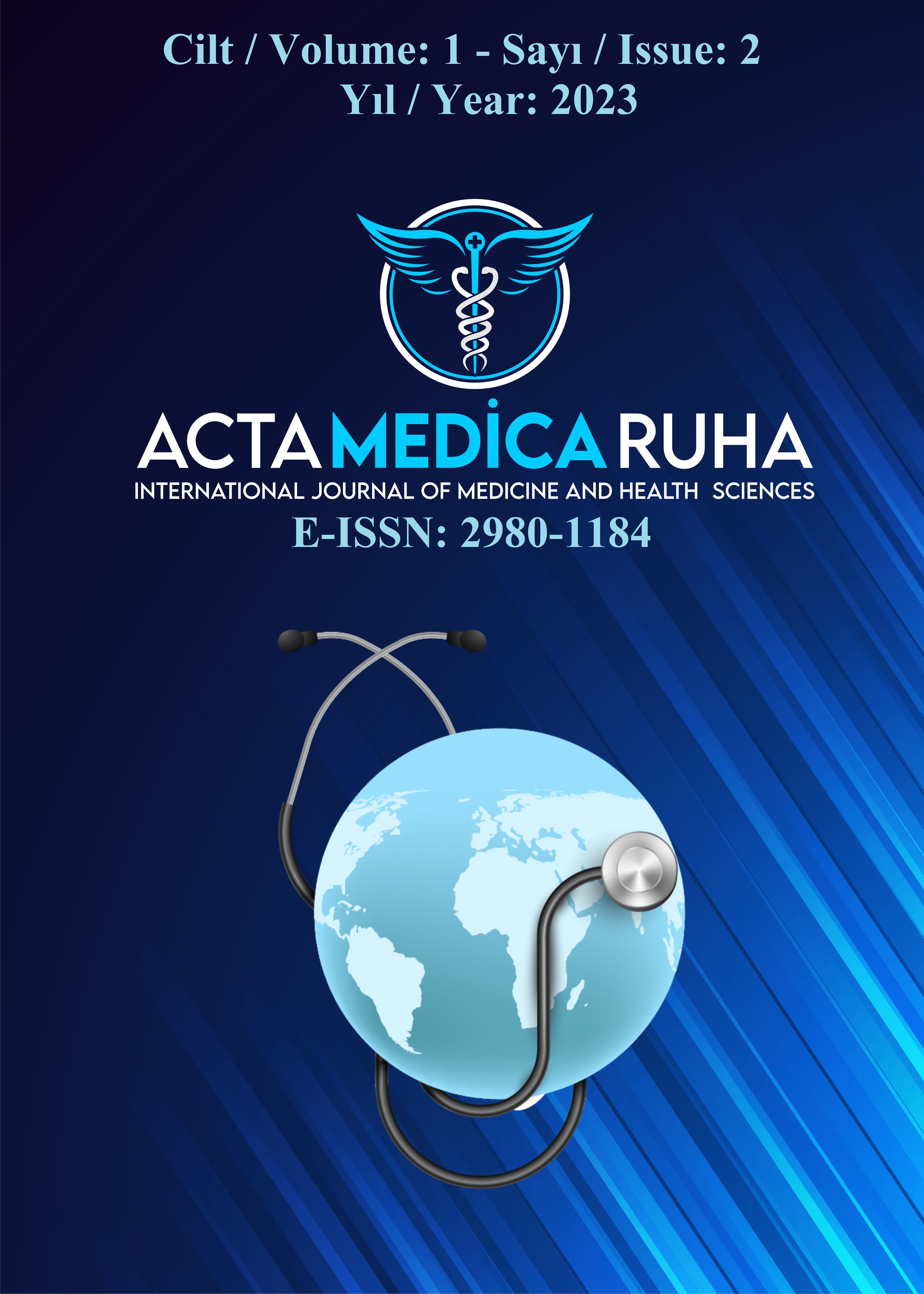Phytochemical and Cardioprotective Properties of Hawthorn (Crataegus monogyna): An Evaluation in the Context of Cardioplegia and Myocardial Protection
Review Article
DOI:
https://doi.org/10.5281/zenodo.16784872Keywords:
Hawthorn, Crataegus monogyna, Cardioplegia, Myocardial protection, Phytochemistry, Cardiovascular surgeryAbstract
Due to the side effects of many synthetic drugs, there has been an increasing trend toward natural therapeutic agents with fewer or no adverse effects. Edible and medicinal plants, which have played an important role in human nutrition and have been used in the treatment of diseases since ancient times, have attracted considerable attention. One such plant is hawthorn (Crataegus monogyna Jacq.), an important edible species of the Rosaceae family, also widely used in traditional medicine.
Hawthorn contains flavonoids, oligomeric proanthocyanidins, vitamin C, triterpenoid saponins, and potent antioxidants, which contribute to its beneficial effects on the cardiovascular system. Recent studies have shown that hawthorn promotes coronary vasodilation, enhances myocardial oxygen distribution, and reduces oxidative stress. These properties may theoretically be beneficial in myocardial protection strategies in cardiovascular surgery—particularly during the reperfusion phase following cardioplegia.
This review examines the phytochemical profile and cardioprotective potential of hawthorn, assessing its possible contributions to myocardial protection within the scope of cardiovascular surgery and perfusion practice.
References
Nabavi SF, Habtemariam S, Ahmed T, et al. Polyphenolic Composition of Crataegus monogyna Jacq.: From Chemistry to Medical Applications. Nutrients. 2015;7(9):7708-7728. Published 2015 Sep 11. doi:10.3390/nu7095361
Keser S, Celik S, Turkoglu S, Yilmaz Ö, Turkoglu I. The investigation of some bioactive compounds and antioxidant properties of hawthorn (Crataegus monogyna subsp. monogyna Jacq). J Intercult Ethnopharmacol. 2014;3(2):51-55. doi:10.5455/jice.20140120103320
Calişkan O, Gündüz K, Serçe S, et al. Phytochemical characterization of several hawthorn (Crataegus spp.) species sampled from the Eastern Mediterranean region of Turkey. Pharmacogn Mag. 2012;8(29):16-21. doi:10.4103/0973-1296.93305
Alıç Meyvesi. Wikipedia. https://upload.wikimedia.org/wikipedia/commons/f/fb/Hawthorn_fruit.JPG (Erişim Tarihi:11.04.2023)
Yilmaz KU, Yanar M, Ercisli S, Sahiner H, Taskin T, Zengin Y. Genetic relationships among some hawthorn (Crataegus spp.) species and genotypes. Biochem Genet. 2010;48(9-10):873-878. doi:10.1007/s10528-010-9368-6
Martinelli F, Perrone A, Yousefi S, et al. Botanical, Phytochemical, Anti-Microbial and Pharmaceutical Characteristics of Hawthorn (Crataegusmonogyna Jacq.), Rosaceae. Molecules. 2021;26(23):7266. Published 2021 Nov 30. doi:10.3390/molecules26237266
Bahorun T, Trotin F, Pommery J, Vasseur J, Pinkas M. Antioxidant activities of Crataegus monogyna extracts. Planta Med. 1994;60(4):323-328. doi:10.1055/s-2006-959493
Belabdelli F, Bekhti N, Piras A, et al. Chemical composition, antioxidant and antibacterial activity of Crataegus monogyna leaves' extracts. Nat Prod Res. 2022;36(12):3234-3239. doi:10.1080/14786419.2021.1958215
Salehi S, Long SR, Proteau PJ, Filtz TM. Hawthorn (Crataegus monogyna Jacq.) extract exhibits atropine-sensitive activity in a cultured cardiomyocyte assay. J Nat Med. 2009;63(1):1-8. doi:10.1007/s11418-008-0278-4
Fong HH, Bauman JL. Hawthorn. J Cardiovasc Nurs. 2002;16(4):1-8. doi:10.1097/00005082-200207000-00002
Edwards JE, Brown PN, Talent N, Dickinson TA, Shipley PR. A review of the chemistry of the genus Crataegus. Phytochemistry. 2012;79:5-26. doi:10.1016/j.phytochem.2012.04.006
Batu A. Alıç Meyvesinin Fonksiyonel Gıda Olarak Değerlendirilmesi ve İnsan Sağlığı Bakımından Önemi. Turk.Bilimsel Derleme Derg. 2012;(2):1-5.
Downloads
Published
How to Cite
Issue
Section
License
Copyright (c) 2023 Acta Medica Ruha

This work is licensed under a Creative Commons Attribution 4.0 International License.









